-
-
 Cardiology
Cardiology
-
 Clinical Oncology
Clinical Oncology
-
 Dental
Dental
-
 Dermatology
Dermatology
-
 Ear, Nose, Throat (ENT)
Ear, Nose, Throat (ENT)
-
 Endocrinology
Endocrinology
-
 Gastroenterology
Gastroenterology
-
 General Surgery
General Surgery
-
 Gynecology & Obstetrics
Gynecology & Obstetrics
-
 Interventional Cardiology
Interventional Cardiology
-
 Nephrology
Nephrology
-
 Neurology
Neurology
-
 Oncology Surgery
Oncology Surgery
-
 Ophthalmology
Ophthalmology
-
 Orthopedics
Orthopedics
-
 Pediatrics
Pediatrics
-
 Pediatrics Surgery
Pediatrics Surgery
-
 Physiotherapy
Physiotherapy
-
 Plastic Surgery
Plastic Surgery
-
 Psychiatry & Psychology
Psychiatry & Psychology
-
 Radiology
Radiology
-
 Urology
Urology
-
 Vascular Surgery
Vascular Surgery
-
Spectrophotometer – A Comprehensive Guide for Everyone

Contents
- What Is a Spectrophotometer?
- History and Evolution of Spectrophotometers
- Basic Principle of Spectrophotometry Explained
- How Does a Spectrophotometer Work?
- Key Components of a Spectrophotometer
- Types of Spectrophotometers
- UV–Visible Spectrophotometer Overview
- Infrared (IR) Spectrophotometer Explained
- Single Beam vs Double Beam Spectrophotometers
- Portable vs Benchtop Spectrophotometers
- Distilled Water – 1 Liter
- Distilled Water – 2.5 Litre
- Eosine Yellow Indicator for Microscopy Water Soluble (25 gm)
- Hitachi Sample Cups (2ml)
- Hitachi Sample Cups (2ml) (Pack of 500)
- Plastic Test Tube (75 mm x 12 mm)
- Pycnometer 25ml – Specific Gravity Bottle with Flat Bottom
- Test Tube Stand (3 Tier) (P.C) 25 mm x 18 Tubes
- Test Tube Stand (3 Tier) (P.C) 25 mm x 24 Tubes
- Test Tube Stand (3 Tier) (P.C) 25 mm x 36 Tubes
- Test Tube Stand (3 Tier) (P.C) 32 mm x 12 Tubes
- Test Tube Stand (3 Tier) 20 mm x 40 Tubes
- Wavelength Range and Measurement Capabilities
- Importance of Absorbance and Transmittance
- Applications of Spectrophotometers in Laboratories
- Use of Spectrophotometers in Education and Research
- Industrial and Pharmaceutical Applications
- Advantages of Using a Spectrophotometer
- Limitations and Common Sources of Error
- Calibration and Maintenance Best Practices
- Factors to Consider When Choosing a Spectrophotometer
- Safety Guidelines While Using a Spectrophotometer
- Future Trends in Spectrophotometry Technology
- Frequently Asked Questions About Spectrophotometer
Imagine being able to measure the concentration of a substance just by shining light through it. This is not science fiction—it’s the magic of spectrophotometry! Spectrophotometers are essential tools in laboratories, education, and industry, bridging chemistry and physics to provide answers that drive research and innovation.
Whether you’re a student curious about how these instruments work or an experienced scientist looking for new insights, this comprehensive guide will unpack everything you need to know about spectrophotometers. From their historical roots to cutting-edge technology trends, prepare yourself for a deep dive into the fascinating world of light measurement and analysis. Let’s illuminate this complex yet captivating subject together!
What Is a Spectrophotometer?
A spectrophotometer is an analytical instrument that measures how much light a substance absorbs. By quantifying this absorption, it can help determine the concentration of various compounds in a solution.
The principle behind this device lies in its ability to interact with different wavelengths of light. Each substance has a unique absorption spectrum, allowing scientists to differentiate between materials and assess their properties.
Spectrophotometers are widely used across diverse fields such as chemistry, biology, environmental science, and pharmaceuticals. Their versatility makes them invaluable for tasks ranging from quality control to research analysis.
This tool operates on the fundamental relationship between absorbance and concentration defined by Beer-Lambert law. Understanding how these instruments work paves the way for appreciating their impact on scientific exploration.
History and Evolution of Spectrophotometers
The journey of spectrophotometers began in the early 19th century. Scientists such as Joseph von Fraunhofer made significant contributions, laying the groundwork for understanding light absorption.
By the late 1800s, advancements in optics led to more refined instruments. These devices allowed researchers to measure specific wavelengths of light with greater accuracy.
In the mid-20th century, technology took a leap forward with electronic detection methods and digital displays. This enabled faster data collection and improved user experience.
Fast forward to today, modern spectrophotometers are not only compact but also highly versatile. They can analyze various substances across multiple fields—from chemistry labs to environmental monitoring.
As technology continues to evolve, we see innovations like portable devices that enhance accessibility without sacrificing precision or reliability. The history of spectrophotometers reflects an ongoing quest for knowledge through innovative measurement techniques.
Basic Principle of Spectrophotometry Explained
Spectrophotometry is a scientific technique that measures how much light a substance absorbs. The fundamental principle relies on the interaction between light and matter.
When light passes through a sample, certain wavelengths are absorbed while others are transmitted. This absorption relates directly to the concentration of the substance in question. The more concentrated the solution, the greater its ability to absorb specific wavelengths of light.
Each substance has a unique absorption spectrum, acting like a fingerprint. By analyzing these spectra, scientists can identify materials and quantify their concentrations with precision.
The Beer-Lambert Law plays a crucial role here. It establishes a linear relationship between absorbance and concentration under specified conditions. Spectrophotometers leverage this principle for accurate measurements across various applications—be it in laboratories or industry settings.
How Does a Spectrophotometer Work?
A spectrophotometer operates by measuring the intensity of light as it passes through a sample. Light from a source, such as a lamp, is directed toward the sample cuvette.
As light interacts with the sample, some wavelengths are absorbed while others pass through. The device captures this information and quantifies how much light has been transmitted or absorbed.
This process involves a detector that converts incoming light into an electrical signal. The data is then processed to generate absorbance or transmittance values.
These readings can provide insights into the concentration of substances within the solution. By comparing these measurements against known standards, researchers can draw conclusions about their samples efficiently and accurately.
The entire operation hinges on precise calibration and alignment to ensure reliable results every time it’s used.
Key Components of a Spectrophotometer
A spectrophotometer features several essential components that work harmoniously to measure light absorption. At its core lies the light source, typically a tungsten or deuterium lamp, which emits light across a specific wavelength range.
Next is the monochromator. This component isolates individual wavelengths of light by using prisms or diffraction gratings. It ensures that only one wavelength reaches the sample at any given time.
The cuvette holds the sample solution and must be made from appropriate materials like glass or quartz to avoid interference with measurements.
Following this, a detector captures the transmitted light after it passes through the sample. Common detectors include photodiodes and photomultiplier tubes, translating intensity into measurable signals.
An electronic display unit presents data in a user-friendly format. Together, these components enable precise analysis of various samples for research and industrial applications.
Types of Spectrophotometers
Spectrophotometers come in various types, each tailored to specific applications. The most common categories include UV-Visible, Infrared (IR), and fluorescence spectrophotometers.
UV-Visible spectrophotometers primarily analyze light absorbance in the ultraviolet and visible spectra. They’re widely used in chemical analysis for determining concentrations of substances.
Infrared spectrophotometers focus on molecular vibrations by measuring infrared light absorption. These devices are crucial in organic chemistry and material science for identifying functional groups.
Another classification is based on beam configuration: single beam versus double beam systems. Single beam models measure one path at a time, while double beam instruments compare two paths simultaneously. This design minimizes discrepancies caused by fluctuations in light source intensity.
Portable versions are perfect for fieldwork, allowing measurements away from the lab environment. On the other hand, benchtop models offer enhanced stability and accuracy for laboratory settings. Each type serves its unique purpose across diverse fields like research, education, and industry.
UV–Visible Spectrophotometer Overview
The UV-Visible spectrophotometer is a powerful analytical tool used to measure light absorbance in the ultraviolet and visible regions of the electromagnetic spectrum. This instrument plays a crucial role in various scientific fields, from chemistry to biology.
It operates by shining light through a sample and measuring how much of that light is absorbed at specific wavelengths. The resulting data can be plotted as an absorption spectrum, revealing vital information about the sample’s composition.
One key feature of these spectrophotometers is their ability to distinguish between different substances based on unique absorbance patterns. This allows researchers to identify compounds even in complex mixtures.
UV-Visible spectrophotometers are widely recognized for their accuracy and speed. They provide essential insights into concentration levels, reaction kinetics, and molecular interactions, making them indispensable tools in laboratories around the world.
Infrared (IR) Spectrophotometer Explained
The infrared (IR) spectrophotometer is a critical tool in analytical chemistry. It measures the absorption of infrared light by substances, providing insights into molecular vibrations and bond structures.
When molecules absorb IR radiation, they undergo specific vibrational changes. This interaction allows scientists to identify functional groups within compounds. Each molecule has a unique IR spectrum, acting like a fingerprint for chemical identification.
IR spectrophotometers are commonly used in various fields including pharmaceuticals and environmental science. Their ability to analyze complex mixtures makes them invaluable for quality control and research purposes.
These instruments can be either dispersive or Fourier-transform based, influencing their speed and resolution capabilities. Modern advancements have led to portable versions, expanding their usability outside traditional lab settings.
Understanding how an IR spectrophotometer functions opens doors to endless possibilities in material analysis and molecular characterization.
Single Beam vs Double Beam Spectrophotometers
When choosing a spectrophotometer, one critical decision revolves around the beam configuration: single beam or double beam. Each type has its unique characteristics and advantages.
Single beam spectrophotometers measure the intensity of light passing through a sample directly. This design simplifies measurements but requires frequent calibration to account for fluctuations in the light source.
On the other hand, double beam spectrophotometers split light into two paths—one passes through the sample while the other serves as a reference. This setup mitigates errors caused by changes in light intensity over time, allowing for more consistent results.
The choice between them often depends on specific needs. For routine lab work or educational settings, single beams may suffice. However, researchers seeking high precision might prefer the reliability of double beams for their advanced capabilities.
Portable vs Benchtop Spectrophotometers
Portable spectrophotometers offer unmatched convenience. These compact devices are designed for on-the-go measurements, making them ideal for fieldwork. Researchers can easily carry them to remote locations or outdoor environments without sacrificing functionality.
Benchtop spectrophotometers, on the other hand, provide stability and advanced features. They typically boast higher precision and a wider range of capabilities. Ideal for laboratory settings, they are perfect for detailed analysis that demands accuracy and reproducibility.
While portable versions focus on mobility and user-friendliness, benchtop models often include more sophisticated software options. This allows scientists to conduct complex analyses with ease.
The choice between these two types hinges on your needs—mobility versus depth of function. Both play crucial roles in different contexts within scientific research and industry applications.
Wavelength Range and Measurement Capabilities
The wavelength range of a spectrophotometer is crucial in determining its measurement capabilities. Typically, these instruments cover ranges from the ultraviolet (UV) to the visible spectrum and even into the near-infrared (NIR).
In UV-Visible spectrophotometers, wavelengths usually span from about 200 nm to 800 nm. This enables analysis of various substances, including proteins and nucleic acids.
Infrared spectrophotometers extend their reach beyond visible light. They often operate between 4000 nm and 400 cm⁻¹, allowing for detailed molecular structure analysis.
Different applications require specific wavelengths for optimal results. For instance, environmental monitoring might focus on different parts of the spectrum compared to pharmaceutical quality control.
Understanding these capabilities helps researchers select appropriate tools tailored for their specific needs. The versatility in wavelength selection enhances analytical precision across disciplines.
Importance of Absorbance and Transmittance
Absorbance and transmittance are fundamental concepts in spectrophotometry. They provide insights into how light interacts with a sample. Understanding these parameters is crucial for accurate measurements.
Absorbance measures the amount of light absorbed by a solution. It helps quantify the concentration of substances within that solution. The higher the absorbance, the more concentrated the analyte.
Transmittance, on the other hand, indicates how much light passes through a sample. This value complements absorbance; together they reveal vital information about molecular characteristics.
These two metrics allow scientists to analyze various materials across multiple fields—from chemistry to biology—facilitating research and quality control processes. Accurate absorbance and transmittance readings can lead to better experimental outcomes and informed decision-making in laboratory settings.
Applications of Spectrophotometers in Laboratories
Spectrophotometers play a pivotal role in laboratories across various scientific fields. They are essential tools for quantifying the concentration of substances by measuring light absorption.
In chemistry labs, these instruments help analyze reaction kinetics and determine the purity of compounds. Researchers rely on spectrophotometry to gain insights into molecular structures and interactions.
Biological applications are equally significant. In biochemistry, spectrophotometers assist in protein quantification and enzyme activity studies. This aids in understanding metabolic pathways and cellular functions.
Environmental science also benefits from this technology. Scientists use spectrophotometric methods to monitor pollutants in water samples, ensuring compliance with safety regulations.
Moreover, clinical laboratories utilize these devices for diagnostic purposes, such as assessing blood components or detecting disease markers efficiently. The versatility of spectrophotometers makes them indispensable for advancing research and achieving accurate results across disciplines.
Use of Spectrophotometers in Education and Research
Spectrophotometers are essential tools in educational settings and research laboratories. They help students grasp fundamental concepts of light absorption, wavelength, and concentration.
In classrooms, these instruments provide hands-on experience. Students can perform experiments that demonstrate Beer-Lambert Law by measuring the absorbance of colored solutions. This practical application reinforces theoretical knowledge.
Researchers rely on spectrophotometers for quantitative analysis in various scientific fields. From biology to chemistry, they enable precise measurements critical for experiments and data collection.
Moreover, advanced spectrophotometry techniques foster innovation in research projects. Scientists explore new materials or study complex biochemical processes with enhanced accuracy.
Collaborative projects often utilize this technology to investigate environmental issues or develop pharmaceuticals. Such versatility showcases their importance not just as teaching aids but also as vital components of modern scientific inquiry.
Industrial and Pharmaceutical Applications
Spectrophotometers play a crucial role in the industrial and pharmaceutical sectors. These devices are integral for quality control, ensuring that products meet stringent safety and efficacy standards.
In pharmaceuticals, they assist in drug formulation analysis by measuring active ingredient concentrations. This precision helps in maintaining consistency across production batches.
Industrially, spectrophotometers aid in monitoring processes such as water treatment and chemical manufacturing. They can detect impurities or confirm product specifications efficiently.
The versatility of these instruments allows for rapid testing without extensive sample preparation, saving time and resources. With real-time data acquisition capabilities, industries can make informed decisions swiftly to optimize operations.
Regulatory compliance is another key area where spectrophotometry shines. It ensures that products adhere to industry regulations while providing reliable documentation during audits or inspections.
Advantages of Using a Spectrophotometer
Spectrophotometers are essential tools in various fields due to their accuracy and reliability. One significant advantage is their ability to quantify the concentration of substances with precision. This capability makes them invaluable for researchers and scientists.
Another benefit lies in their versatility. Spectrophotometers can analyze a wide range of samples, including liquids, solids, and gases. This adaptability allows for diverse applications across industries.
Speed is another factor that sets spectrophotometers apart. They provide quick results, enabling efficient data collection and analysis during experiments or quality control processes.
Additionally, modern spectrophotometers often feature user-friendly interfaces, making them accessible even to those new to laboratory equipment. Their automation capabilities reduce manual errors while increasing efficiency.
The non-destructive nature of some spectrophotometric techniques preserves sample integrity for further testing or analysis when needed.
Limitations and Common Sources of Error
Spectrophotometers, while powerful tools, come with limitations. One key issue is the potential for interference from other substances in a sample. These can absorb light at similar wavelengths, leading to inaccurate readings.
Another common source of error stems from poor calibration. If not properly calibrated before use, measurements may yield inconsistent results. This emphasizes the need for regular checks against known standards.
In addition, human factors play a significant role in accuracy. Improper handling or technique can introduce variability into the data collected.
Environmental factors such as temperature and ambient light also affect performance. Fluctuations here can skew results significantly.
Sample preparation is crucial; any impurities or inconsistencies will impact outcomes directly. Recognizing these pitfalls allows users to mitigate errors effectively during their experiments.
Calibration and Maintenance Best Practices
Regular calibration is essential for ensuring the accuracy of a spectrophotometer. It involves comparing the instrument’s measurements against known standards and making necessary adjustments. This process should be carried out frequently, particularly before critical experiments or analyses.
Proper maintenance extends the lifespan of your device. Keep the optical components clean using appropriate solvents and lint-free materials to prevent contamination that could skew results.
Store the spectrophotometer in a controlled environment, avoiding extreme temperatures or humidity which can affect performance. Regularly check connections and replace any worn-out parts promptly to maintain functionality.
Documentation is key; keep meticulous records of calibrations, maintenance schedules, and any repairs performed on your equipment. This helps track performance over time and informs future decisions regarding upgrades or replacements.
Always refer to manufacturer guidelines specific to your model for tailored advice on care practices.
Factors to Consider When Choosing a Spectrophotometer
Selecting the right spectrophotometer involves several critical factors. First, consider your specific application needs. Different fields require varying features, so knowing whether you need UV-Vis or IR capabilities is essential.
Next, evaluate the wavelength range of the device. Ensure it covers the spectrum relevant to your measurements to avoid gaps in data collection.
Budget plays a significant role too. Prices can vary widely based on functionality and brand reputation. Assess what features are necessary for your work versus those that may be nice but not essential.
User-friendliness shouldn’t be overlooked either. A straightforward interface will save time and reduce training costs for new users.
Think about ongoing support and maintenance options provided by manufacturers or suppliers. Reliable customer service can make all the difference when issues arise or if you have questions down the line.
Safety Guidelines While Using a Spectrophotometer
When working with a spectrophotometer, safety should always be a priority. Start by wearing appropriate personal protective equipment, such as lab coats and safety goggles. This helps shield your skin and eyes from potentially harmful substances.
Ensure that the instrument is placed on a stable surface to prevent accidental tipping or damage. Keep the area around the spectrophotometer clean and organized to minimize distractions during operation.
Handle all samples carefully, especially if they contain hazardous chemicals or biohazards. Familiarize yourself with Material Safety Data Sheets (MSDS) for each substance you use.
Always turn off the device when not in use to conserve energy and protect sensitive components from wear. If you’re using UV light sources, remember that prolonged exposure can be harmful; take breaks away from direct exposure whenever possible.
Stay informed about your institution’s specific protocols regarding equipment usage and chemical handling for enhanced safety awareness in the lab environment.
Future Trends in Spectrophotometry Technology
The future of spectrophotometry is poised for exciting advancements. With the rise of artificial intelligence, expect enhanced data analysis capabilities. AI can interpret spectral data more efficiently, leading to quicker and more accurate results.
Miniaturization is another trend on the horizon. Compact devices that maintain high functionality are becoming increasingly popular in various fields. This shift allows for portable solutions without sacrificing performance.
Integration with smartphone technology may revolutionize accessibility. Users could analyze samples directly from their phones using a dedicated app and an external attachment, streamlining processes significantly.
Moreover, improvements in sensor technology promise greater sensitivity and resolution. This means researchers can detect even minute changes in sample composition at unprecedented levels.
Sustainability will also play a role as manufacturers seek eco-friendly materials and energy-efficient designs for new models, aligning with global green initiatives while maintaining analytical precision.
Frequently Asked Questions About Spectrophotometer
What is a spectrophotometer used for?
A spectrophotometer measures the intensity of light at different wavelengths. It helps analyze materials by determining their absorbance or transmittance properties, making it essential in various fields such as chemistry, biology, and environmental science.
How do I calibrate a spectrophotometer?
Calibration involves using standard solutions with known concentrations. By measuring their absorbance and plotting these values against concentration, you can create a calibration curve to ensure accurate measurements for unknown samples.
What are the common types of spectroscopy associated with spectrophotometers?
Spectroscopy techniques like UV-Visible spectroscopy, infrared (IR) spectroscopy, and fluorescence spectroscopy are commonly used with spectrophotometers. Each method applies specific principles based on how substances interact with light.
Can a portable spectrophotometer deliver accurate results?
Yes! Portable models have become increasingly sophisticated. They provide reliable results while offering flexibility for fieldwork or limited lab settings.
What maintenance does a spectrophotometer require?
Routine maintenance includes regular cleaning of optical components, checking alignment, and performing periodic calibration checks to ensure optimal performance over time. Proper care prolongs instrument life and accuracy.


 Anatomy Lab Equipments
Anatomy Lab Equipments
 Biochemistry Lab Equipments
Biochemistry Lab Equipments
 Biology Lab Equipments
Biology Lab Equipments
 Chemistry Lab Equipments
Chemistry Lab Equipments
 Cytology Lab Equipments
Cytology Lab Equipments
 Cytopathology Lab Equipments
Cytopathology Lab Equipments
 Dental Lab Equipments
Dental Lab Equipments
 Forensic Lab Equipments
Forensic Lab Equipments
 Genetics Lab Equipments
Genetics Lab Equipments
 Hematology Lab Equipments
Hematology Lab Equipments
 Histology Lab Equipments
Histology Lab Equipments
 Histopathology Lab Equipments
Histopathology Lab Equipments
 Mathematics Lab Equipments
Mathematics Lab Equipments
 Microbiology Lab Equipments
Microbiology Lab Equipments
 Molecular Biology Lab Equipments
Molecular Biology Lab Equipments
 Pathology Lab Equipments
Pathology Lab Equipments
 Pharmaceutical Lab Equipments
Pharmaceutical Lab Equipments
 Physics Lab Equipments
Physics Lab Equipments
 Radiology Lab Equipments
Radiology Lab Equipments
 Science Lab Kit’s
Science Lab Kit’s
 Toxicology Lab Equipments
Toxicology Lab Equipments

 Borosilicate Glass Beaker
Borosilicate Glass Beaker
 Plastic Beaker (Euro Design)
Plastic Beaker (Euro Design)
 Plastic Beaker (Printed Graduation)
Plastic Beaker (Printed Graduation)
 Test Tube Brush
Test Tube Brush
 Measuring Cylinder Brush
Measuring Cylinder Brush
 Conical Flask Brush
Conical Flask Brush
 Volumetric Flask Brush
Volumetric Flask Brush
 Round Bottom Flask Brush
Round Bottom Flask Brush
 Glass Beaker Brush
Glass Beaker Brush
 Pipette Brush
Pipette Brush
 Wash Bottle Brush
Wash Bottle Brush
 Borosilicate Büchner Flask
Borosilicate Büchner Flask
 Borosilicate Erlenmeyer/Conical Flask
Borosilicate Erlenmeyer/Conical Flask
 Borosilicate Pear-Shaped Flask
Borosilicate Pear-Shaped Flask
 Borosilicate Round Bottom Flask
Borosilicate Round Bottom Flask
 Plastic Conical Flask
Plastic Conical Flask
 Plastic Volumetric Flask
Plastic Volumetric Flask
 Bunsen Burner
Bunsen Burner
 Spirit Lamp
Spirit Lamp
 Borosilicate Glass Burette
Borosilicate Glass Burette
 Plastic Burette
Plastic Burette
 Capillary Tube
Capillary Tube
 Centrifuge Tube
Centrifuge Tube
 Test Tube
Test Tube
 Ria Vial
Ria Vial
 Vacutainer Tubes
Vacutainer Tubes
 Syringes
Syringes
 Student Microscope
Student Microscope
 Binocular Microscope
Binocular Microscope
 Dissecting Microscope
Dissecting Microscope
 Microscope Glass Slides
Microscope Glass Slides
 Cover Slip
Cover Slip
 Inoculating Loop
Inoculating Loop
 Slide Box
Slide Box
 Lamps
Lamps
 Oils
Oils
 Beaker Tongs
Beaker Tongs
 Crucible Tongs
Crucible Tongs
 Flask Tongs
Flask Tongs
 Borosilicate Glass Funnel
Borosilicate Glass Funnel
 Plastic Funnels
Plastic Funnels
 Wash Bottle
Wash Bottle
 Borosilicate Glass Reagent Bottle
Borosilicate Glass Reagent Bottle
 Plastic Reagent Bottle
Plastic Reagent Bottle
 Borosilicate Measuring Cylinder
Borosilicate Measuring Cylinder
 Plastic Measuring Cylinder
Plastic Measuring Cylinder
 Borosilicate Glass Graduated Pipette
Borosilicate Glass Graduated Pipette
 Borosilicate Glass Volumetric Pipette
Borosilicate Glass Volumetric Pipette
 HB Pipette
HB Pipette
 Pasteur Pipette
Pasteur Pipette
 Micropipettes
Micropipettes
 Micropipette Tips
Micropipette Tips
 Filter Paper
Filter Paper
 Litmus Paper
Litmus Paper
 pH Paper
pH Paper
 Chromatography Paper
Chromatography Paper
 Plastic Petri Plates (Sterile)
Plastic Petri Plates (Sterile)
 Glass Petri Plates (Non-Sterile)
Glass Petri Plates (Non-Sterile)
 Safety Goggles
Safety Goggles
 Lab Coats
Lab Coats
 Gloves
Gloves
 Masks
Masks
 Shoe Covers
Shoe Covers
 Hair & Beard Covers
Hair & Beard Covers
 Steel Spatula
Steel Spatula
 Plastic Spatula
Plastic Spatula
 Hitachi Sample Cup
Hitachi Sample Cup
 Plastic Scoop
Plastic Scoop
 Plastic Medicine Cup
Plastic Medicine Cup
 Dissecting Tool Kit
Dissecting Tool Kit
 Dissecting Forceps
Dissecting Forceps
 Hemostatic Forceps
Hemostatic Forceps
 Thumb Forceps / Tweezers
Thumb Forceps / Tweezers
 Blood Culture Bottle
Blood Culture Bottle
 Urine Container
Urine Container
 Wooden Swab Stick
Wooden Swab Stick
 Test Tube Holder
Test Tube Holder
 Test Tube Racks
Test Tube Racks
 Magnifying Glass
Magnifying Glass
 Watch Glass
Watch Glass
 Mortar and Pestle
Mortar and Pestle
 Coplin Jar
Coplin Jar
 Plastic Stirrer
Plastic Stirrer
 Glass Stirrer
Glass Stirrer
 Crucible
Crucible
 Tripod
Tripod
 Wire Mesh
Wire Mesh
 Laboratory Thermometer
Laboratory Thermometer
 Tourniquet
Tourniquet
 Alcohol Swab
Alcohol Swab
 Blood Lancet
Blood Lancet
 Bandage
Bandage
 Gloves & Masks
Gloves & Masks








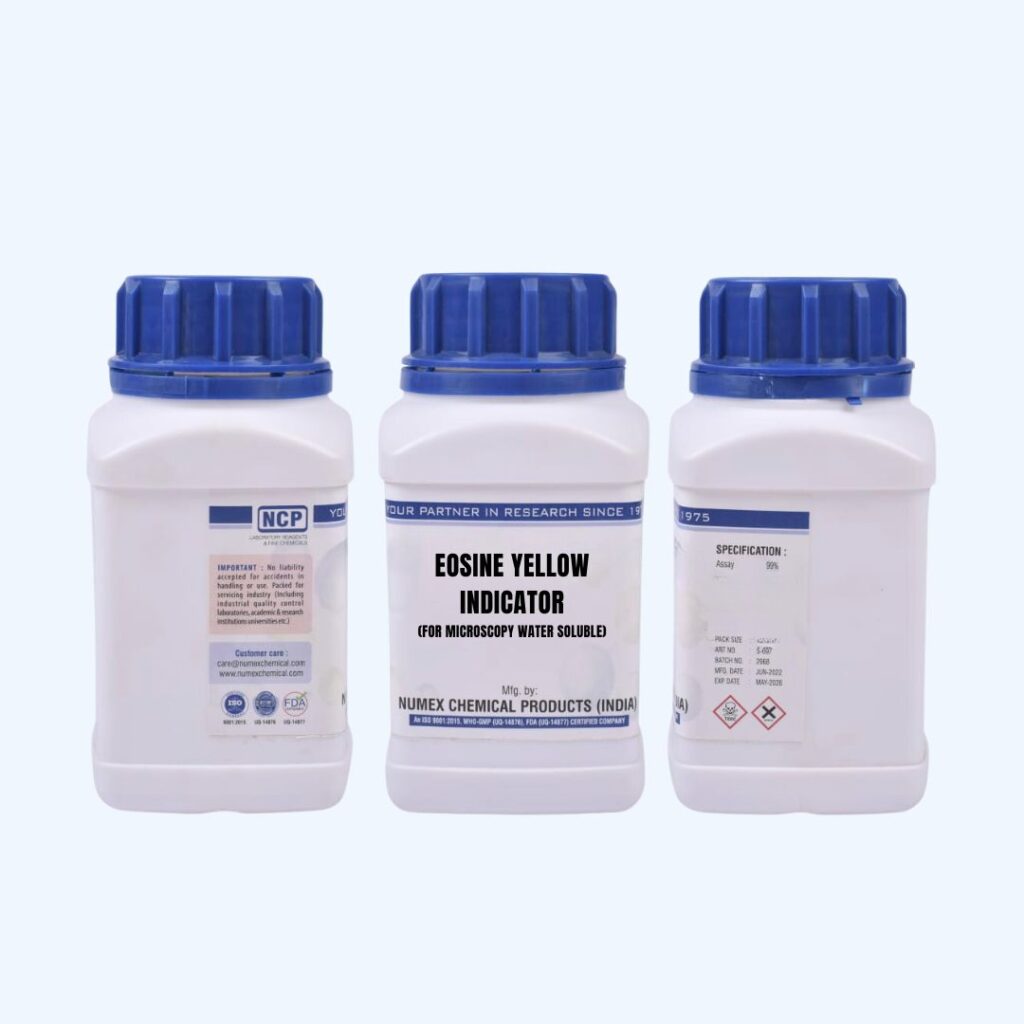
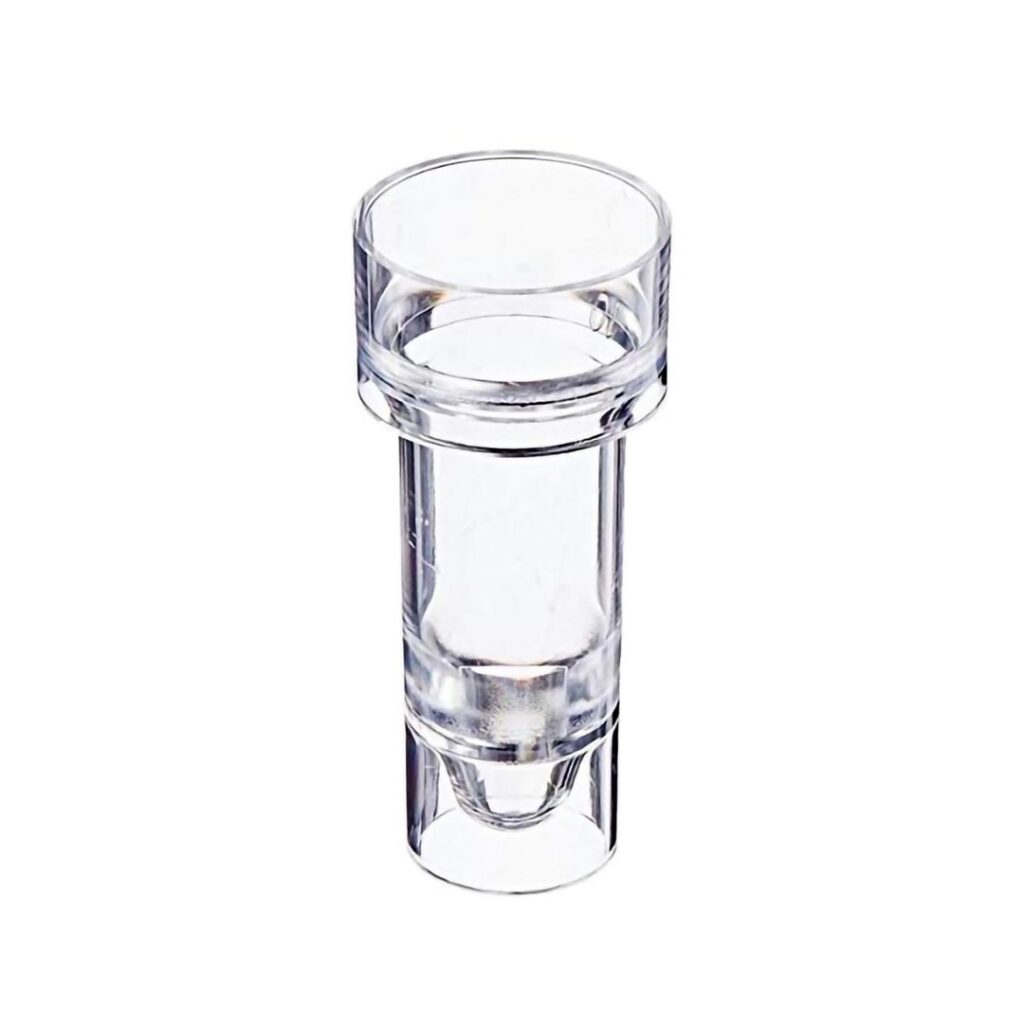
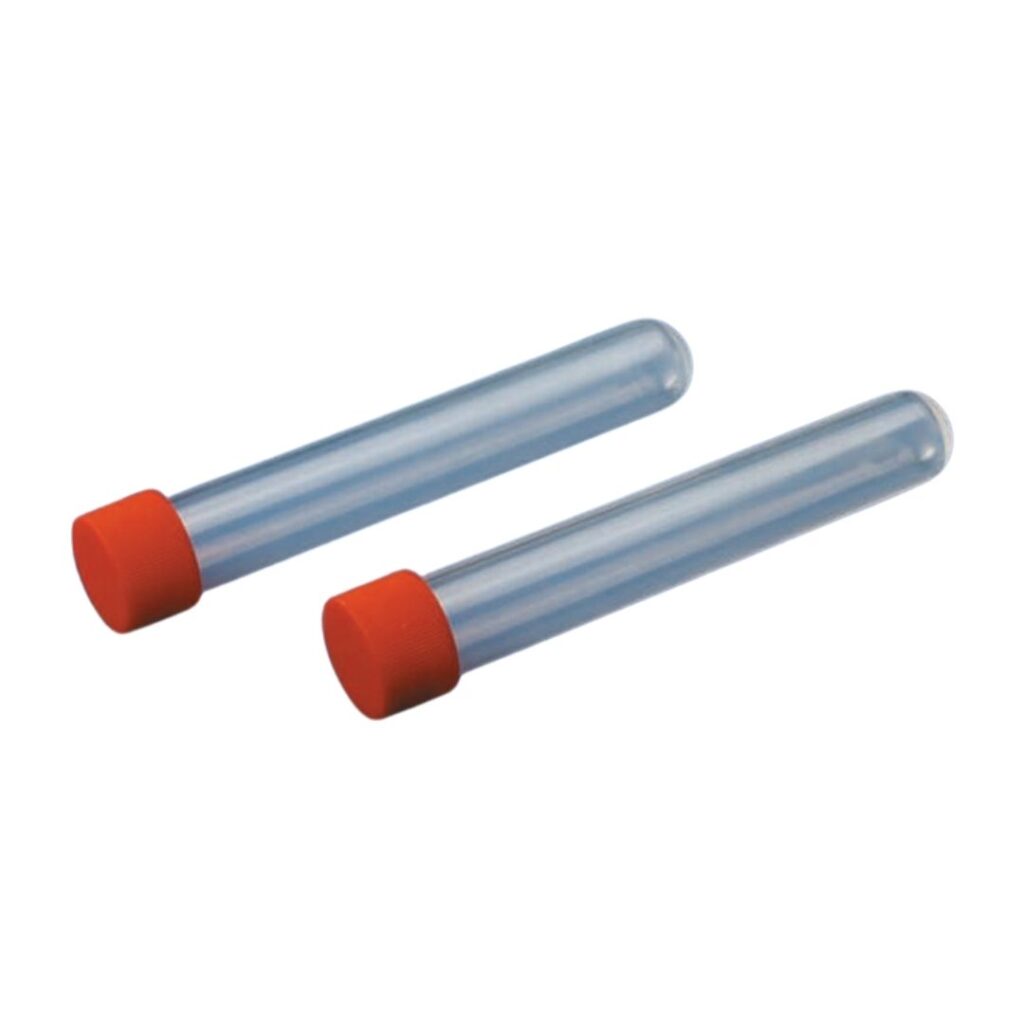
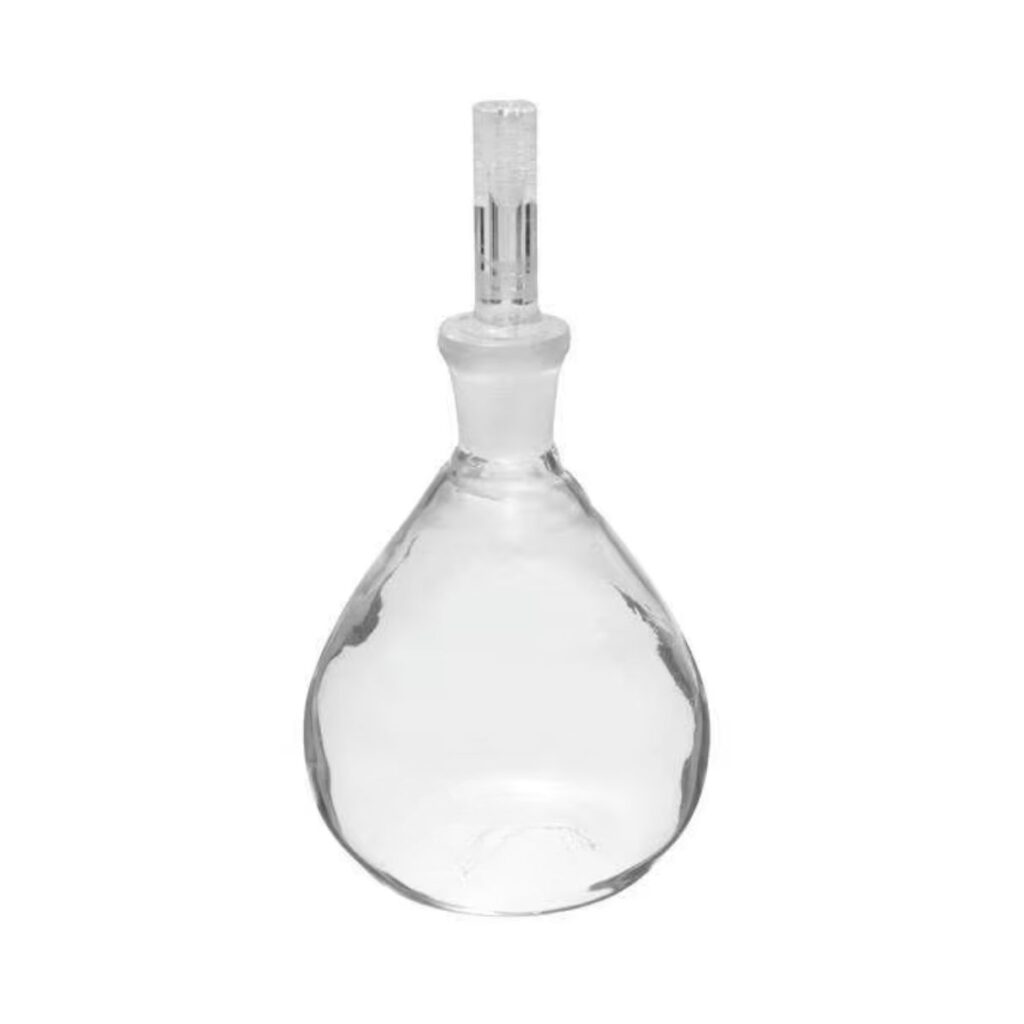
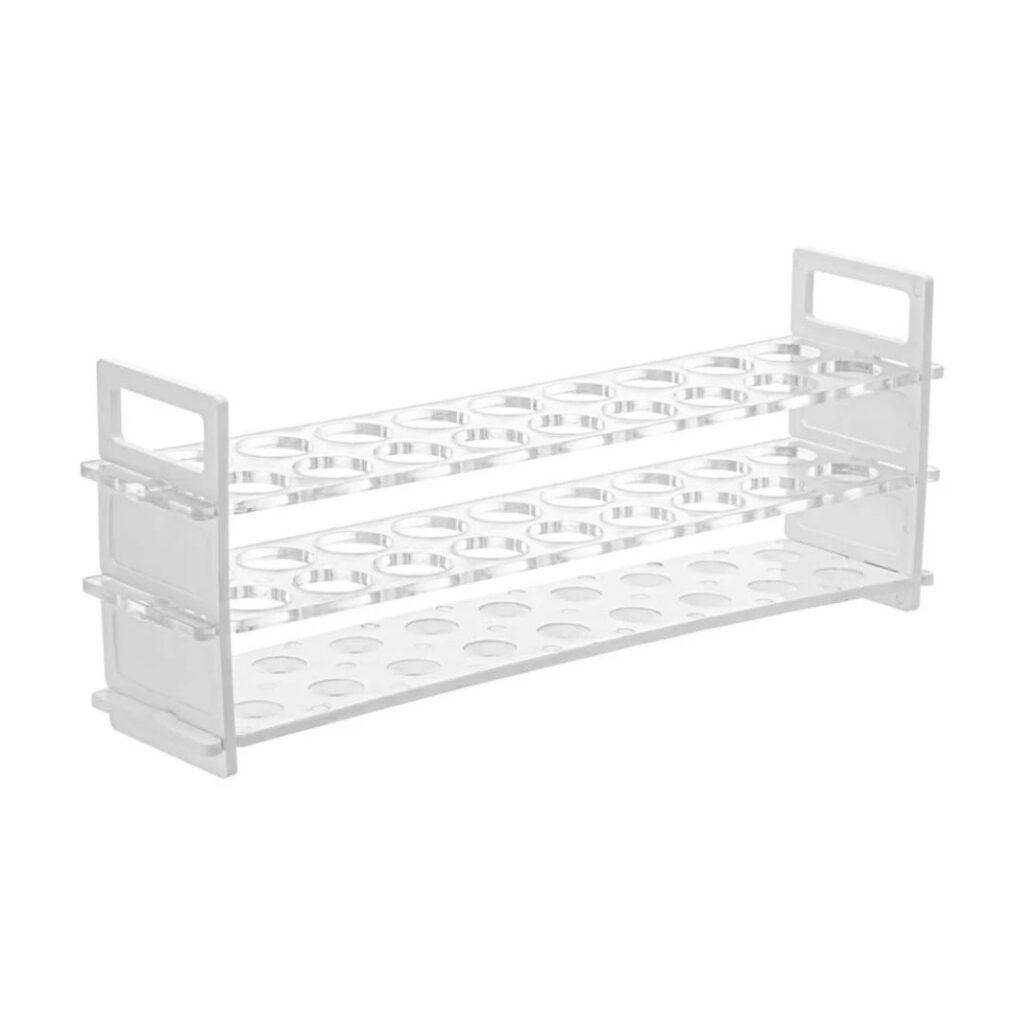
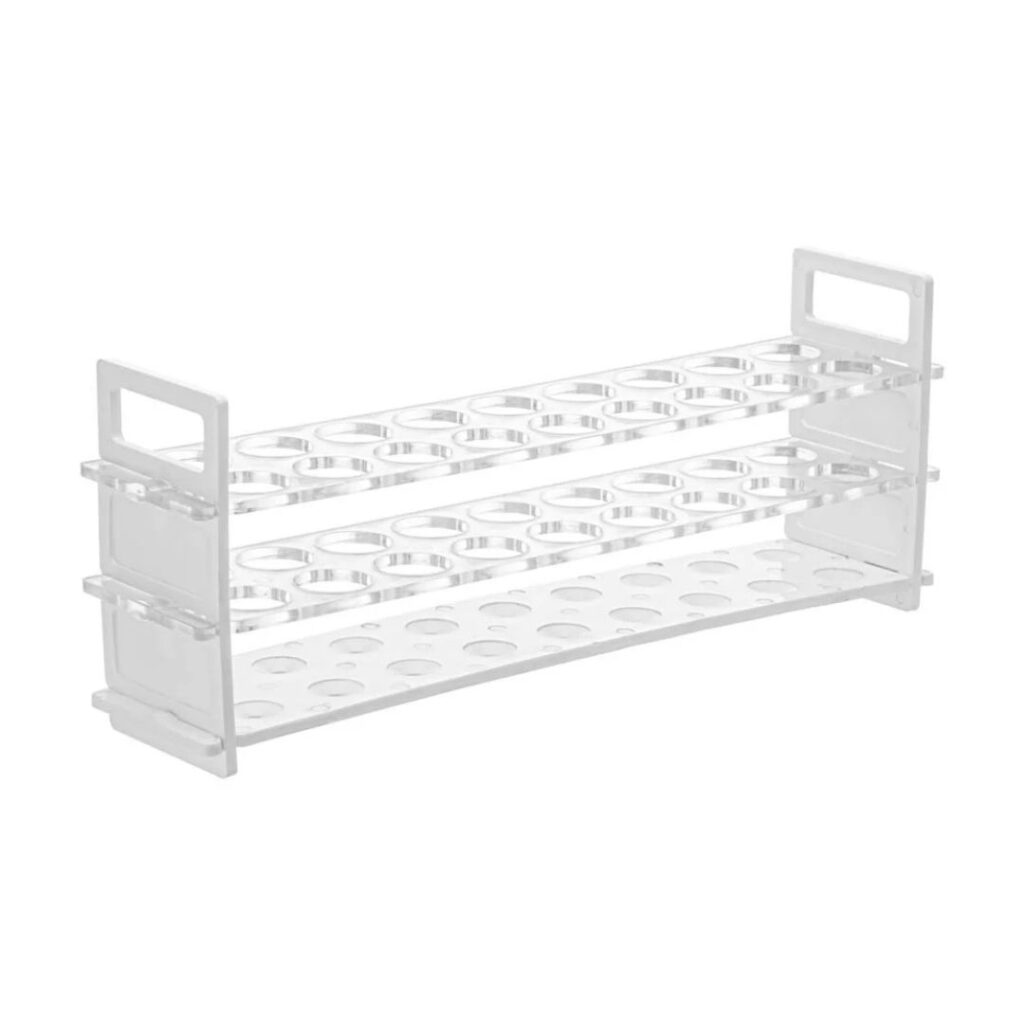

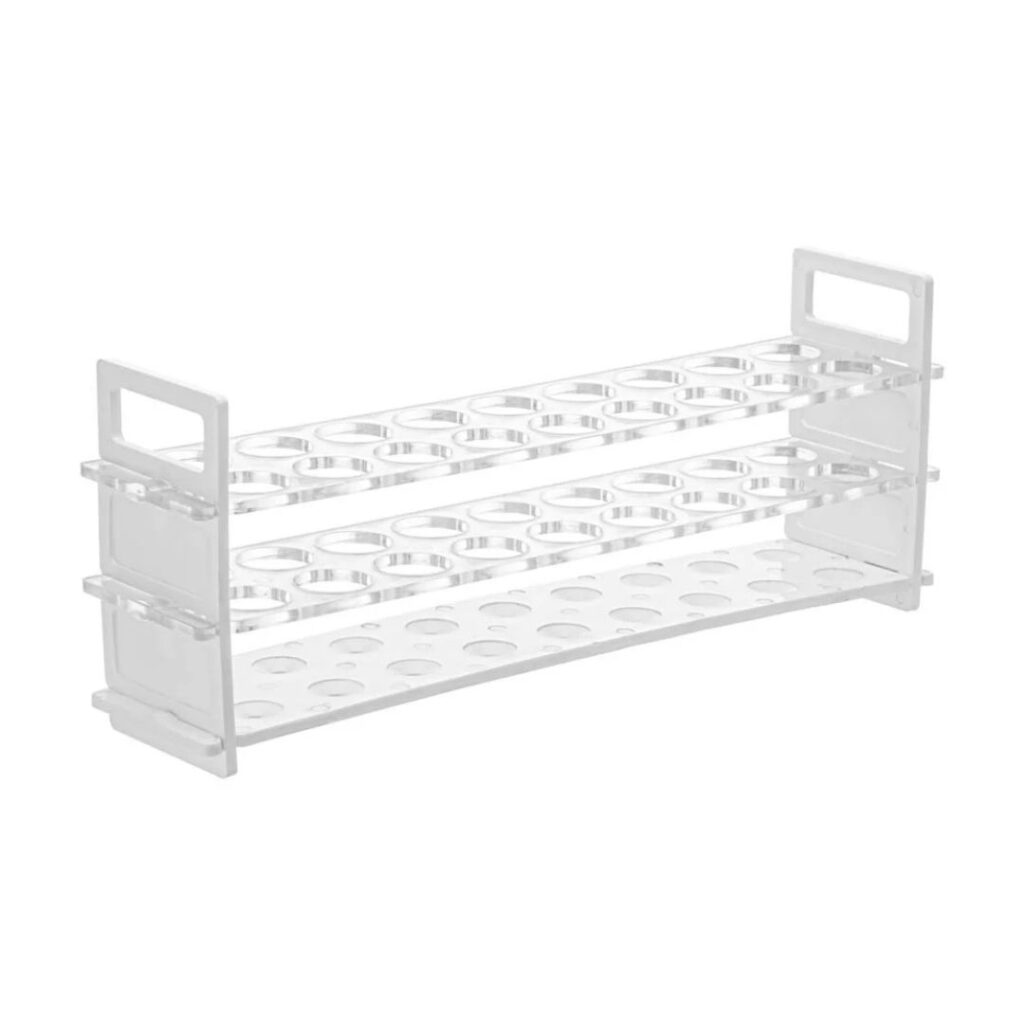

 Cardiology
Cardiology Clinical Oncology
Clinical Oncology






